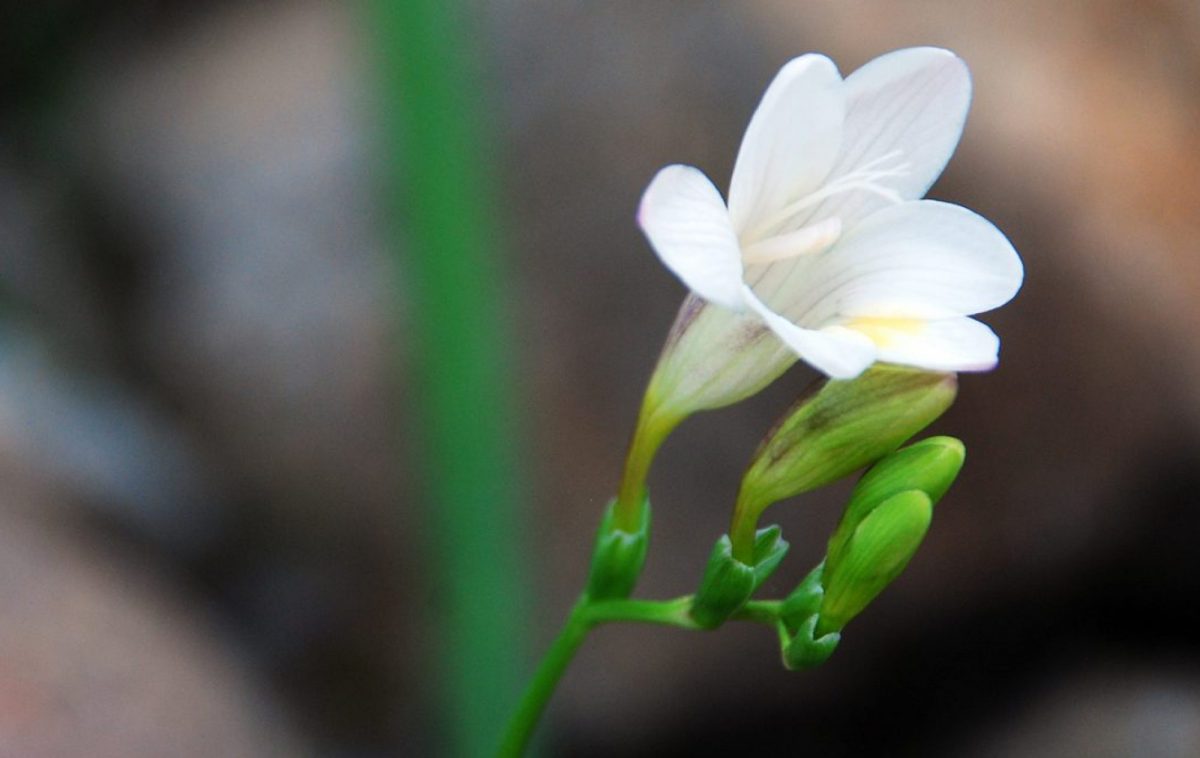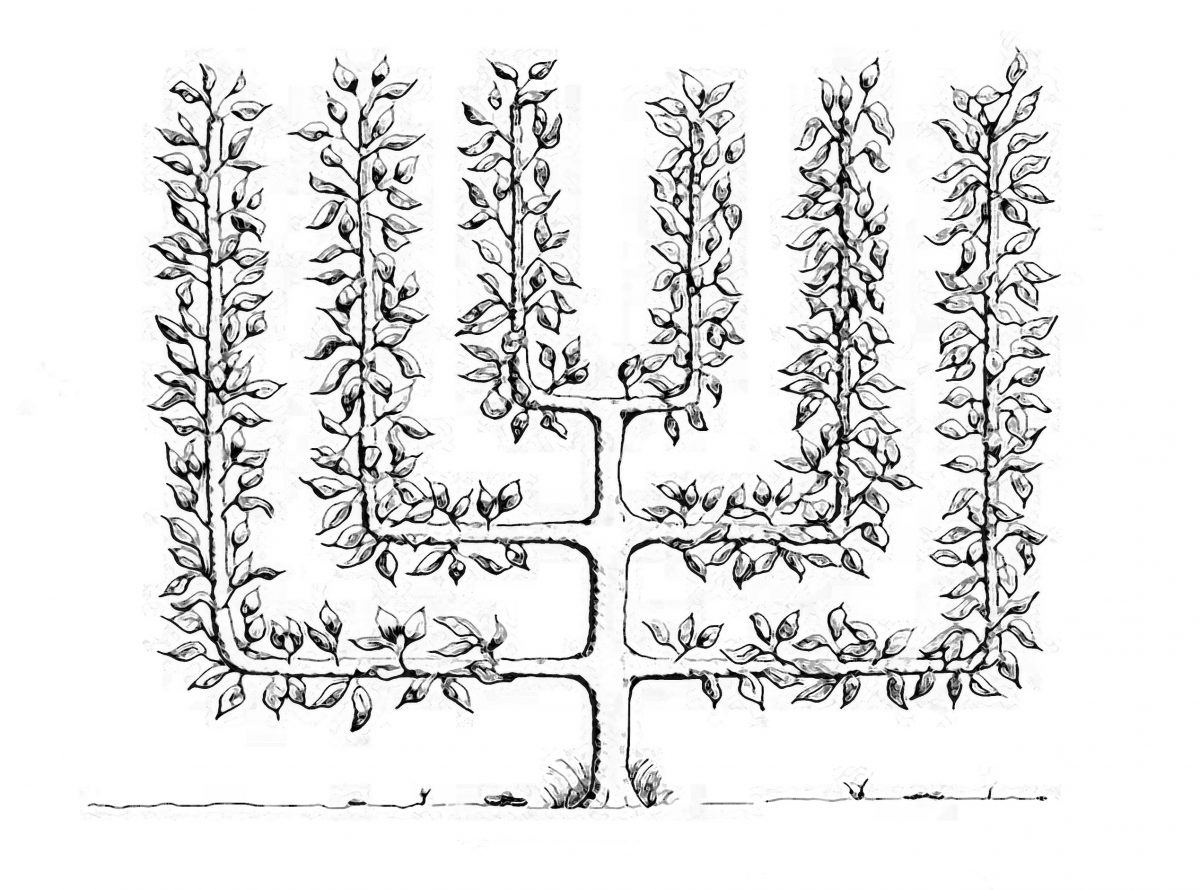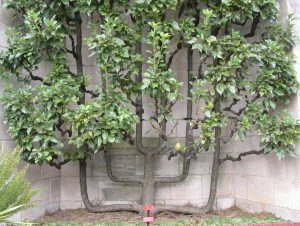File this under: What Not To Do. A rather fat file in the Mind Your Dirt Corporate Offices of Information and Enlightenment File Management Room…

I’ve gone ahead and accidentally and massively over-planted the tiniest of my tiny garden plots.
I did it with a sense of deliberate defiance too. Reaping what I’ve sown has quite literally left me bush-whacked and frantic the moment once forgotten seeds began pushing sprout.
I basically planted some old ass potato spuds that I found in a box whilst cleaning out my garage. For nearly a year they withered away their prime months in the hot and dry SoCal un-ventilated garage. Amazed by their tenacity, I just slapped them into the ground in jubilant and ceremonial awe and fervor.
The only problem is I had also planted several heirloom pumpkin seeds the month before in the same bed. Oops. When the long atrophied synapses in my brain began firing again, I realized that this situation was only going to get worse. Steps Jerry! Steps will need to be taken.



So here’s what my caveman brain came up with as a solution. If growing outward isn’t a viable option, then perhaps upward is the only way to grow. I’ve seen potato towers in action before, but have never tried one. I also didn’t want to spend any paper money for lumber or fabric bag towers so I noodle scratched for a spell. Then it hit me, What about that collection of cheap 5 gallon pots I have stashed in the backyard?! A bit smaller than a standard tower, but the total cost is zero of dollars so, what’s to lose?
The potato tower is claimed by many to be able to increase yield while decreasing square footage in your garden plot. I don’t believe that the former is true at all and there’s no real evidence that yield is increased at all. As this is my first experiment, I’ll gladly share my findings, but I don’t have a control so it’s not a true experiment. I just had a sudden risk of crowding and thought this was my best shot without pulling plants out. Having said that, Mind Your Dirt is NOT claiming any additional benefits from using potato towers apart from space saving. I’m just testing the waters and turning a potentially bad situation into an interesting one. Maybe. Read this for further info.
-Mind Your Dirt Corporate Law team (aka me).
Apart from the above video, here’s some more detail shots of the steps. I’m really not sure if this is a good idea or not but so far the plant is growing like gangbusters so I’m sharing it anyhoo.
Continue reading “The Poor Man’s Potato Tower”









